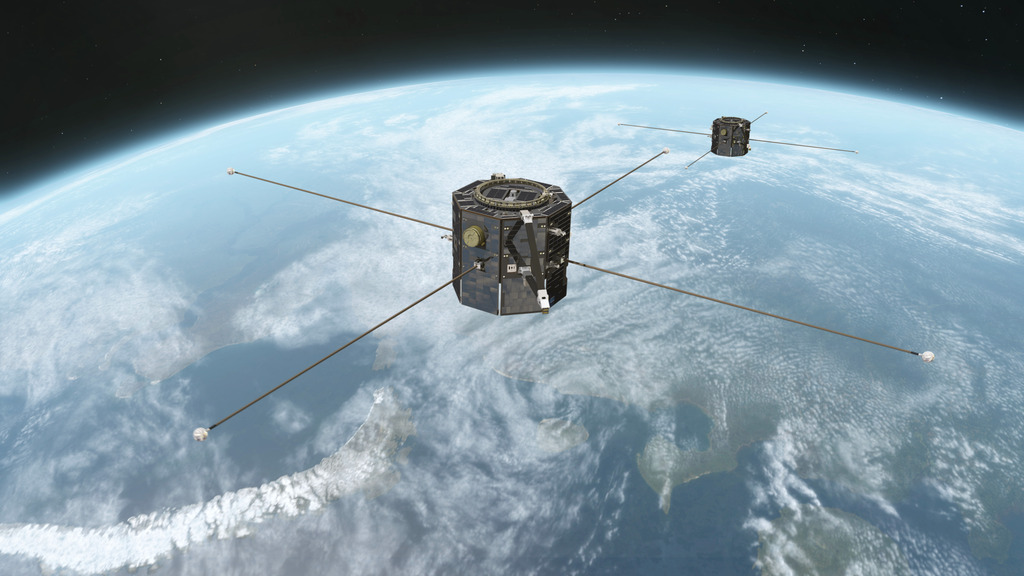How NASA TRACERS Could Revolutionize Our View of Space Weather Events
NASA TRACERS, short for Tandem Reconnection and Cusp Electrodynamics Reconnaissance Satellites, is a groundbreaking mission poised to reveal the mysterious and explosive nature of magnetic reconnection in Earth’s magnetic field. With a planned launch no earlier than late July 2025, NASA aims to deepen our understanding of how the Sun’s particles interact with our planet’s magnetosphere a protective magnetic shield surrounding Earth.

The NASA TRACERS satellites will be launched aboard a SpaceX Falcon 9 rocket from Vandenberg Space Force Base in California. The twin satellites will orbit low over Earth, flying through areas near the North Pole where the planet’s magnetic field dips. These spots, known as polar cusps, act like funnels that channel the Sun’s charged particles directly toward our atmosphere.
Magnetic reconnection, the central focus of NASA TRACERS, is a powerful cosmic process where magnetic field lines break and rapidly reconnect, releasing vast amounts of energy. In fact, a single reconnection event can release as much energy as the entire United States consumes in one day. These events can trigger phenomena like auroras and, in extreme cases, cause disruptions to GPS, communication systems, and power grids.
What Makes NASA TRACERS Stand Out
Unlike previous space missions that relied on single-point measurements, NASA TRACERS uses two satellites flying one behind the other. This allows the team to collect back-to-back snapshots of the same region just seconds apart, creating a timeline of how space weather evolves. Each spacecraft, similar in size to a washing machine, carries advanced instruments to monitor changes in the plasma environment.

The satellites will orbit at about 360 miles above Earth, collecting up to 3,000 reconnection event measurements in a single year a record-breaking achievement. This continuous stream of data provides scientists with detailed insight into how solar particles interact with Earth’s magnetic field and atmosphere.
Why NASA TRACERS Matters Now More Than Ever
The NASA TRACERS mission comes at a time of growing interest in space weather due to its impact on modern technology. In May 2024, Earth experienced its most intense geomagnetic storm in over two decades. The storm disrupted satellite systems, GPS-guided farming equipment, and even affected long-distance flight paths.
By providing high-frequency data in real-time, NASA TRACERS will help scientists understand the triggers and effects of such space weather events. It also opens the door to more accurate forecasting, which could help protect satellites, electrical grids, and communication systems from future disruptions.
Working Together with Other NASA Missions
NASA TRACERS is designed to complement other space weather missions. It will work alongside the Parker Solar Probe, which studies the Sun directly, and newer missions like EZIE and PUNCH that monitor Earth’s nightside currents and solar wind behavior. Together, these missions form a coordinated network that gives scientists a complete picture of how the Sun affects Earth. Also Read: India and Argentina Strengthen Agricultural Ties at 2nd Joint Working Group Meeting
This collaboration ensures that researchers can track solar wind from the Sun all the way to Earth’s atmosphere. This kind of large-scale coordination has never been fully realized until now.
The Team Behind NASA TRACERS
The mission is led by principal investigator David Miles from the University of Iowa, supported by teams from the Southwest Research Institute, University of California (Los Angeles and Berkeley), and NASA’s Goddard Space Flight Center. NASA’s Heliophysics Explorers Program Office and Launch Services Program are managing mission integration and deployment.
Each team is responsible for specific instruments onboard the spacecraft, which will track changes in the electric and magnetic fields, as well as measure high-energy particles as they travel through space.
Conclusion:
The NASA TRACERS mission represents a major leap forward in the study of magnetic reconnection and space weather. With cutting-edge instruments, dual-spacecraft technology, and a collaborative approach with other NASA missions, TRACERS is set to change how we view Earth’s magnetic interactions with the Sun. As space weather continues to impact daily life and global technology systems, this mission could be the key to safeguarding our planet in the years to come.

